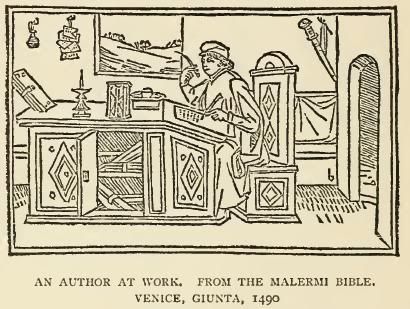Bernice
Eugim, did the Arabs preceeded the Greeks in Egypt? If so, then it is to Alchemy we should be looking for many of the first/original card meanings! But I am aware that other 'arts' were probably abroad at that time.Arabs:They were the richest and deepest bridge between Egypt Hermeticism and Western World through Sicily in Italy and Cordoba in Spain.
But they learned very much from Egypt.
They brought Alchemy to Europe from a purest Egypt source.
The egyptians are known to have absorbed other cultural beliefs into their own, so is it likely that their beliefs may have included some Hebrew. Or, when the Arabs were there, they would perhaps have come into contact with the Hebrews of that time (they were also arabs!) and had some knowledge of their system? An arabic/hebrew mixture(?).
Hermeticism = the Greek Hermes. So what exactly came into Sicily & Cordoba? Was it a mixture of arabic/egyptian alchemy plus greek understandings and interpretations?
Sorry for all the questions, I can't help wondering.
I have also thought that it is not the card-makers we should be looking at, it is those who would have commissioned the work, those who could afford it. Just how many rich nobles were there at that time....
The Cary-Star card: If the boy is definitely an angel, then it must be a hebrew one - at that date and time. So both alchemy and the The Tree of Life are depicted in the card....
Eight is a sacred number,the "work done"
Yes, "alchemic transmutation", the inner gold of the old alchemists.
The 'bodies' of man = "After all all of them are MATTER".
Yes, I would understand this, every level of existance has it's own substance/matter.
The Tower card as a 'Tree' apparently predates the Tower (building) image. I saw somewhere that the sun and brightness above the Tree is supposed to be the wrath of God being visited upon it. I remember that Malkuth could be likened to a *tree* - the manifest 10th sphere.
Now, what of the Vieville deck. If this were 'corrected', would you consider buying it? It's the closest to the Cary-sheet.
Bee.



